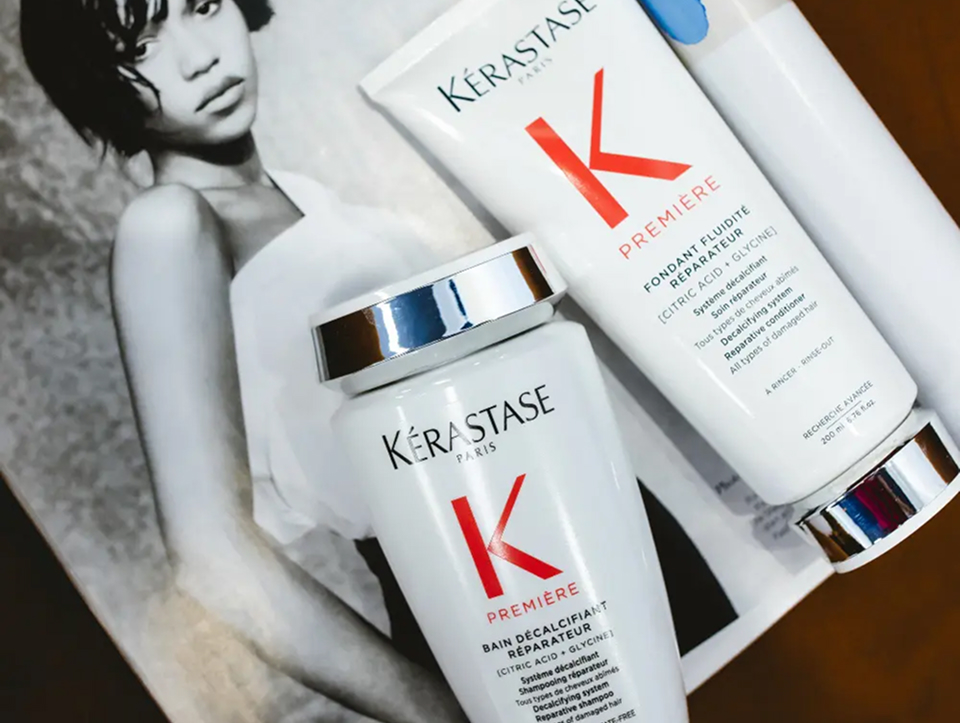You want silky, nourished, salon-fresh hair, but the countless treatment options can be confusing.
Many mix up hot oil, warm oil, and deep conditioning, assuming they’re all the same. In truth, each serves a different purpose, and using the wrong one can leave your hair greasy, limp, or dry.
Understanding these treatments helps you choose the right one for your texture, scalp, and lifestyle.
In this guide, we’ll compare hot oil vs warm oil vs deep conditioning, uncover their unique benefits, show you how to apply them properly, and share tips from Haste Urban Hair Spa.
Hot Oil vs Warm Oil vs Deep Conditioning Differences
According to the International Journal of Trichology, temperature and moisture penetration significantly impact the absorption of nutrients into the hair shaft.
What Is a Hot Oil Treatment?
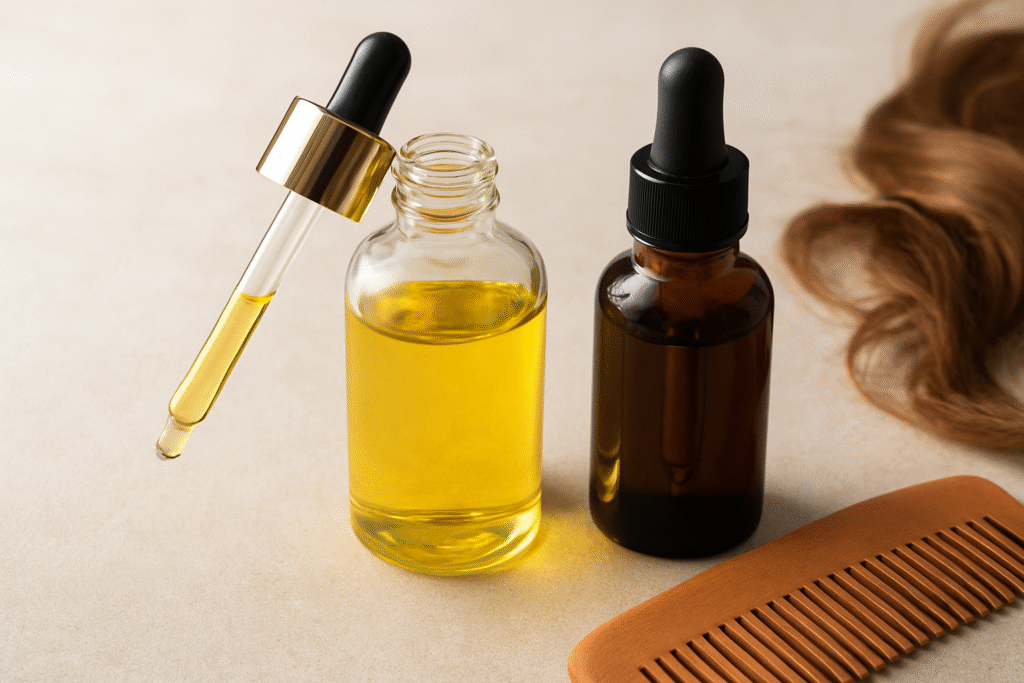
A hot oil treatment involves heating natural oils, such as coconut, castor, or olive oil, to around 100–110°F (37–43°C) before applying them to the scalp and hair. The warmth opens up your hair cuticles, allowing deep penetration of moisture and nutrients.
Key Benefits:
- Deeply moisturizes dry, brittle strands
- Seals the hair cuticle for shine
- Reduces breakage and frizz
- Improves elasticity and smoothness
- Revitalizes chemically treated or heat-damaged hair
Best For:
- Dry, coarse, or frizzy hair
- Chemically treated or relaxed hair
- Cold or dry climates
🧴 Want to learn more? Read our complete guide on The Benefits of Hot Oil Treatment for techniques and recommended oils. Additionally, explore which option is better: a salon hot oil treatment or an at-home one.
What Is a Warm Oil Treatment?
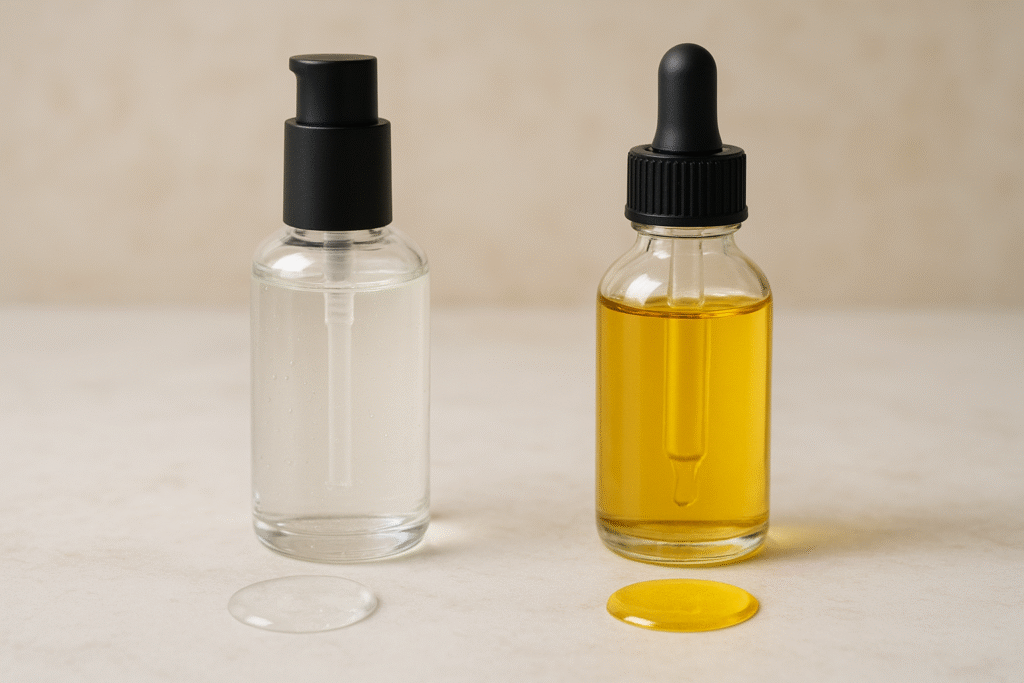
A warm oil treatment is a gentler, slightly heated oil treatment just above body temperature (~90–95°F). It’s ideal for regular maintenance and scalp massage.
Unlike hot oil, this method focuses more on scalp stimulation and light nourishment rather than deep repair.
Key Benefits:
- Stimulates blood circulation to hair follicles
- Helps with mild dryness or a tight scalp
- Enhances shine without heaviness
- Easier and safer for sensitive scalps
Best For:
- Normal to oily hair
- Fine or thin strands
- Regular maintenance between deep treatments
🧴 Tip: Warm the oil in a bowl of hot water for 1–2 minutes. Never microwave it. Test on your wrist before applying to avoid burns.
What Is Deep Conditioning?

Deep conditioning focuses on hydrating and repairing the hair shaft using moisture-rich masks or protein-infused treatments. Unlike oiling, it’s usually applied after shampooing when the hair is clean and receptive.
Key Benefits:
- Intense hydration and smoothness
- Strengthens hair structure
- Reduces split ends and breakage
- Enhances manageability and shine
According to trichology research, deep conditioners restore up to 40% more moisture to the hair shaft when paired with mild heat or steam.
🧴 Read more on Deep Conditioning Treatments and how to choose between a Hair Mask and Deep Conditioner.
Key Differences: Hot Oil vs Warm Oil vs Deep Conditioning
| Feature | Hot Oil Treatment | Warm Oil Treatment | Deep Conditioning |
| Temperature | Higher (~100–110°F) | Mild warmth (~90–95°F) | Room temperature (or under heat cap) |
| Purpose | Repair and restore | Maintain and stimulate the scalp | Hydrate and strengthen |
| Focus | Scalp + hair shaft | Scalp health | Hair shaft and ends |
| Ideal Hair Type | Dry, coarse, or damaged | Normal, fine, or oily | All hair types (especially damaged) |
| Frequency | Weekly or bi-weekly | 1–2× per week | Weekly |
| Application Stage | Pre-wash | Pre-wash or mid-week | Post-shampoo |
| Extra Benefit | Locks moisture, improves texture | Improves scalp circulation | Replenishes proteins, detangles |
| Risk/Drawback | Overheating, heavy residue | Minimal repair depth | May weigh down fine hair |
🧴 Insight: Many people forget that oils mainly treat the scalp and outer cuticle, while deep conditioners work inside the cortex. Using both gives maximum benefits.
How to Choose the Right Treatment for Your Hair
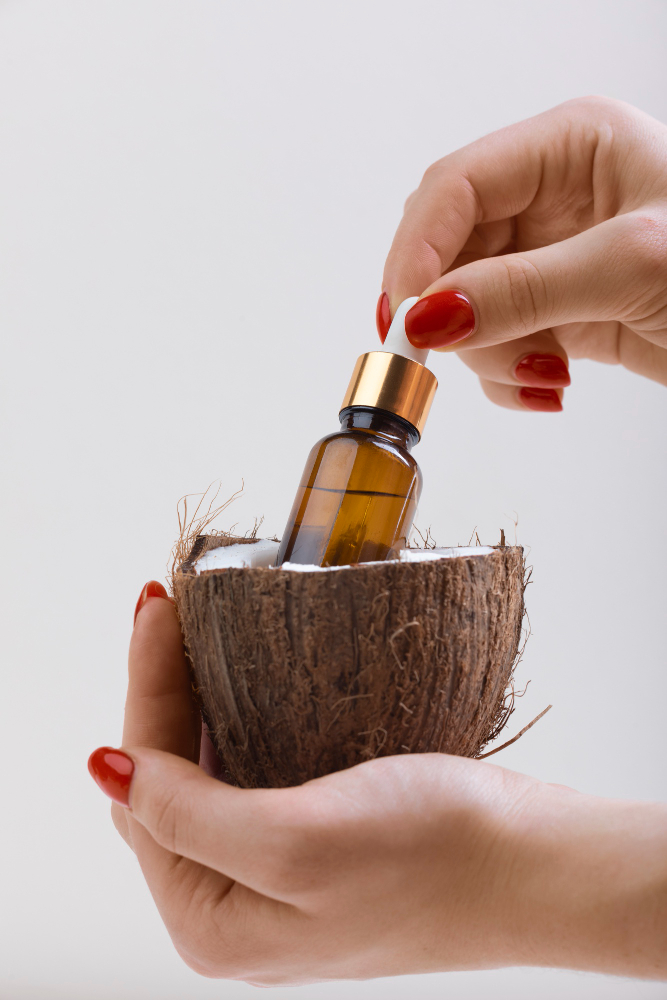
Choosing between hot oil, warm oil, and deep conditioning depends on your hair type, scalp condition, and goals:
- If your hair is dry, frizzy, or chemically damaged, consider a weekly hot oil treatment. Follow up with a deep conditioner for extra hydration.
- If your scalp feels tight or itchy, but your hair is fine, a warm oil treatment once or twice a week helps keep your scalp balanced without greasiness.
- If your hair is lifeless, dull, or prone to tangling, use a deep conditioner after every wash day to restore softness and manageability.
🧾 Quick Tip: Alternate between warm oil and deep conditioning. One treats the scalp, the other repairs the shaft.
Step-by-Step: How to Apply Each Treatment
Hot Oil Treatment
- Wash hair lightly or dampen it with warm water.
- Warm oil (not boiling) — test on wrist first.
- Section the hair and massage from the scalp to the tips.
- Cover with a shower cap and apply gentle heat (using a towel or dryer) for 20–30 minutes.
- Rinse and follow with mild shampoo.
🧾 Optional: Follow with deep conditioner for intense repair.

Warm Oil Treatment
- Heat oil gently for 30–60 seconds (lukewarm).
- Massage the scalp in circular motions for 5–10 minutes.
- Wrap your hair with a towel and leave it for 15–20 minutes.
- Rinse or co-wash depending on buildup level.
🧾 Routine Tip: Great for Sunday self-care days.
Deep Conditioning
- Shampoo hair to remove dirt and oils.
- Apply the conditioner or mask evenly throughout the hair.
- Use a heat cap or steamer for deeper penetration (20–30 mins).
- Rinse with cool water to seal the cuticle.
🧾 Tip: Alternate between moisture-based and protein-based masks to maintain balance.

Mixing & Matching — Can You Do All Three?
Yes. In fact, layering hot oil, warm oil, and conditioner delivers incredible results:
- Weekly: Warm oil for scalp circulation.
- Bi-weekly: Deep condition to nourish the shaft.
- Monthly: Hot oil treatment for intense repair and shine.
Example Routine:
- Warm oil pre-poo → Shampoo → Deep condition → Rinse → Light leave-in.
- Repeat this process weekly, adjusting the frequency according to your hair type.
This integrated routine mimics professional salon treatments at home.
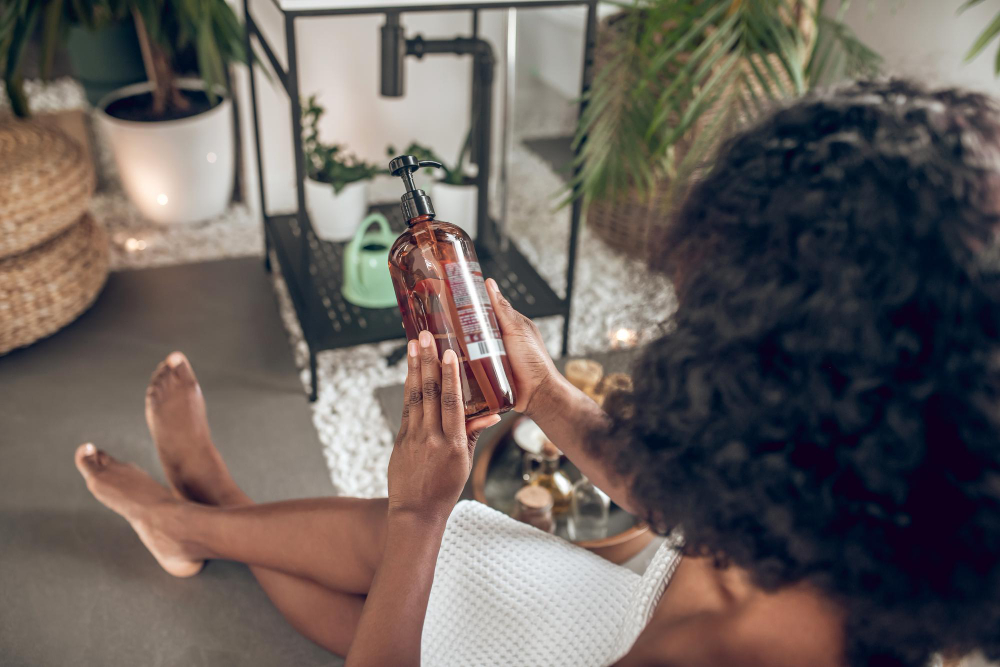
Extra Hair-Care Tips
- Avoid overheating oils – they should feel warm, not hot
- Always patch test oils if you have scalp sensitivity
- Rotate oils — coconut, jojoba, almond, or grapeseed for variety
- Clarify once a month to prevent buildup
- Deep condition more often in dry, cold months
- Drink water and eat zinc & omega-3-rich foods for hair health
Elevate Your Hair Game
Now that you understand the distinction between hot oil, warm oil, and deep conditioning, you can develop a routine that nourishes your hair from within.
Whether your strands crave deep repair, regular nourishment, or daily shine, the proper treatment makes all the difference.
Ready for a personalized scalp and hair therapy? 👉 Visit Haste Urban Hair Spa to experience professional hot oil, warm oil, and deep conditioning treatments tailored to your unique hair type.
FAQ
Is hot oil better than deep conditioning?
Hot oil penetrates the scalp and seals in moisture, while deep conditioning hydrates the shaft — both are most effective when used in alternation.
Can I combine hot oil and deep conditioner in one session?
Yes, you can combine hot oil and deep conditioner. Use hot oil before shampooing, then deep condition afterward for optimal softness.
How often should I do these treatments?
Warm oil: 1–2× weekly • Hot oil: every 2–3 weeks • Deep conditioning: once weekly.
Can I use warm oil if I have fine hair?
Absolutely — it’s lightweight and won’t weigh hair down if you rinse properly.
Is deep conditioning suitable for oily scalps?
Yes deep conditioning is suitable to use on oily scalps, focus on mid-lengths and ends — avoid roots to prevent greasiness.









